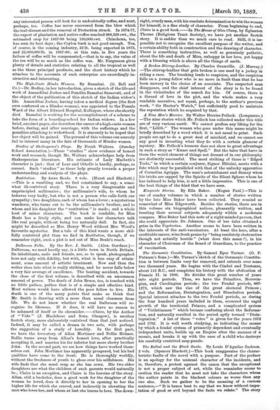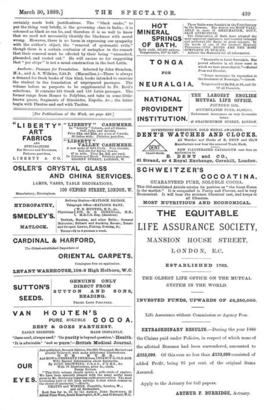The Bulbul and the Black Snake. By Louis D'Aguilar Jackson.
2 vols. (Spencer Blackett.)—This book exaggerates the charac- teristic faults of the novel with a purpose. Part of the preface is an apology for the unusual character of the incidents, and is, therefore, a protest against the canon that the exceptional is not a proper subject of art, while the remainder seems to caution the reader that he must not take the characters whom the author paints in the blackest colours as worse than any one else. Such we gather to be the meaning of a curious sentence,—" It is hence best to say that we know without impu- tation of good or evil beyond the facts we relate." The story certainly needs both justifications. The " black snake," to put the thing very briefly, is the governing class in India; it is coloured as black as can be, and therefore it is as well to know that we need not necessarily identify the blackness with moral wrong. However, there is no harm in expressing our sympathy with the author's object, the "removal of systematic evils," though there is a certain confusion of metaphor in the remark that their removal must be effected by their being "unmasked, placarded, and rooted out." He will excuse us for suggesting that "per stirpe" is not a usual construction in the best Latin.



















































 Previous page
Previous page